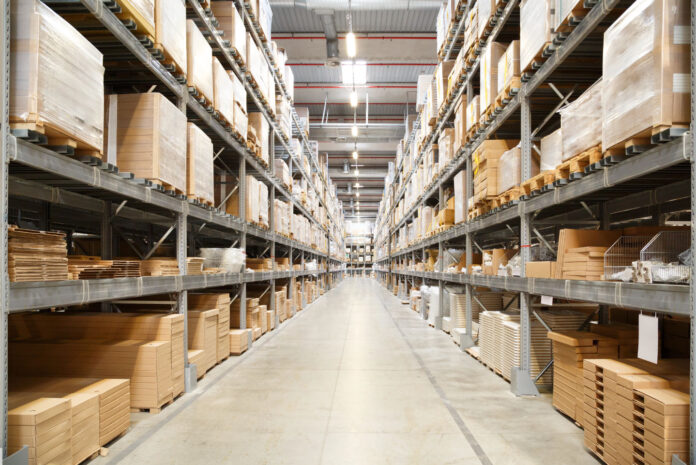The growth of Brazilian e-commerce continues at an accelerated pace. According to the Brazilian E-Commerce Association (ABComm), online sales are expected to reach revenues of R$224.7 billion in 2025, a 10% increase compared to 2024. This projection follows the increase in order volumes, diversification of sales channels, and consumer demand for fast and accurate deliveries. This scenario puts pressure on the entire logistics chain, especially warehouses and distribution centers, which become key pieces in the digital retail machinery.
With more movements, extended shifts, and high product turnover, logistics centers need to operate with maximum efficiency. One of the critical points is lighting: the quality of light directly impacts team productivity, safety in handling cargo, and visibility for reading codes, labels, and sensors.
Energy efficiency and operational safety
According to a survey by the Brazilian Lighting Association (Abilux), replacing outdated systems with more robust and efficient solutions can save up to 60% in warehouses’ electricity consumption. Additionally, poorly lit environments have a 20% higher chance of recording workplace accidents, according to data from the International Labour Organization (ILO).
In this context, manufacturers and logistics operators have been investing in technologies such as high-performance LED fixtures, presence sensors, automated lighting control systems, and IP-protected fixtures for dusty or humid areas. The expectation is that by 2026, over 75% of the country’s distribution centers will be fully equipped with intelligent lighting solutions, according to a projection by the consulting firm Markets and Markets.
The choice of lighting fixtures for warehouses involves criteria such as power, durability, impact resistance, and ease of maintenance. High-performance models help optimize space layout, reduce blind spots, and maintain visual comfort for operators. In regions with higher exposure to dust or thermal variations, like warehouses in rural areas or near industrial zones, the use of sealed housings and anti-corrosive materials is essential.
High-performance logistics require planning
With the projection that over 435 million purchases will be made in Brazilian e-commerce by 2025, logistical challenges go beyond storage. Speed in order picking, traceability, and loss reduction depend on fluid operations, which hinge on well-lit environments with full visibility of products and efficient signage.
Companies that invested in warehouse retrofits, replacing fluorescent or metal vapor lamps with automated LED systems, managed to reduce order picking time by up to 40% in high-volume scenarios.
Modernizing infrastructure also supports alignment with ESG goals, as efficient systems contribute to emissions and energy waste reduction. Additionally, many companies are integrating intelligent lighting with their building management systems (BMS), enabling real-time monitoring of consumption, failures, and preventive maintenance needs.
Investment with guaranteed return
Although modernizing logistics lighting requires an initial investment, the return is usually quick. According to Abesco (Brazilian Association of Energy Conservation Service Companies), lighting efficiency projects in industrial environments have an average payback period of 12 to 18 months.
Faced with increasing competition and pressure for shorter delivery times, lighting—often neglected—has become a competitive edge for players handling high volumes in e-commerce. By 2025, it should gain even more relevance in the strategic decisions of companies seeking scale, efficiency, and safety in their operations.


